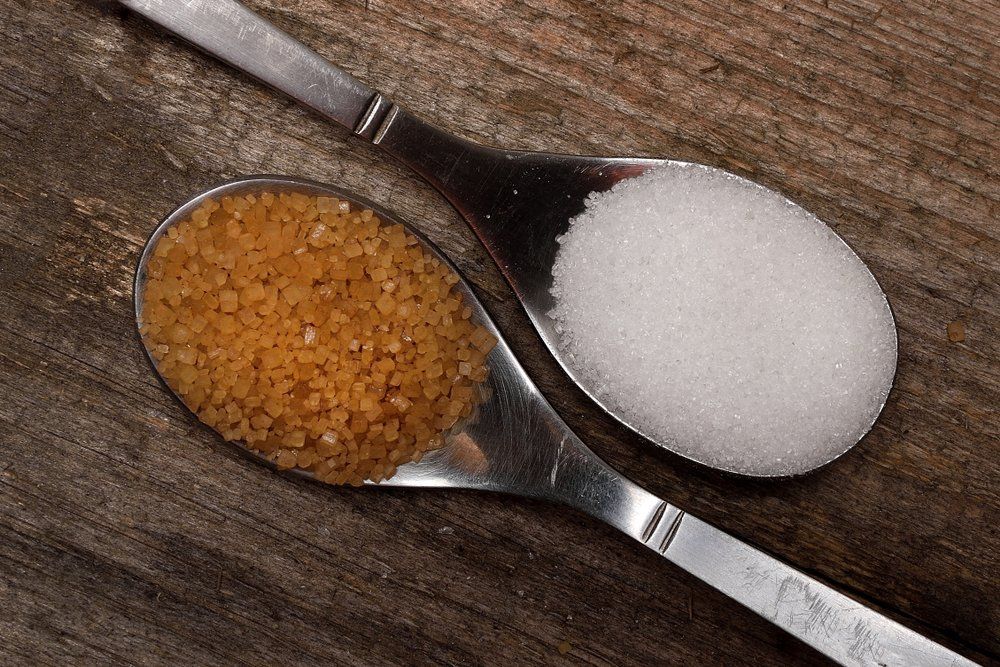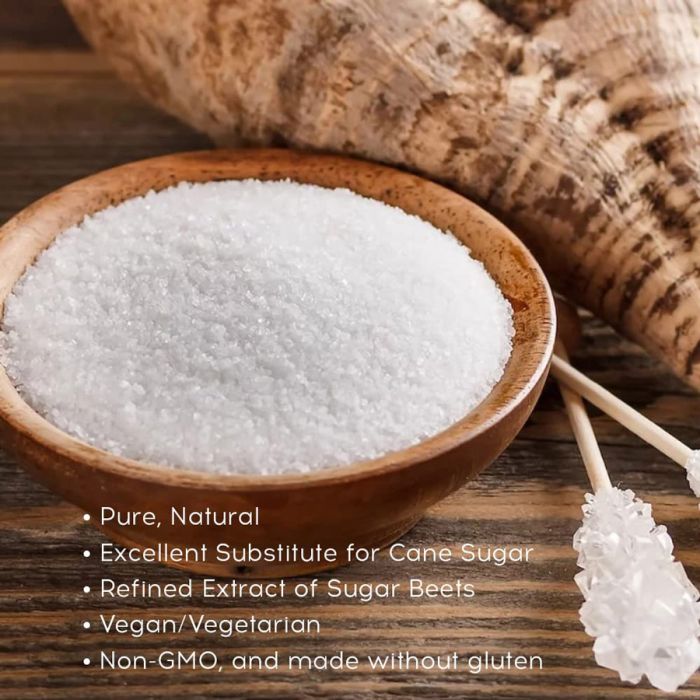Many individuals wonder if beet sugar vs cane sugar makes a difference in overall health.
Checking Out the Distinctions in Uses and Benefits In Between Beet Sugar Vs Cane Sugar
In the cooking world, the option in between beet sugar and cane sugar is not merely regarding sweetness yet includes a nuanced factor to consider of flavor, application, and influence. While both sugars stem from different plants, each undergoes distinct manufacturing procedures that subtly influence their characteristics and suitability for different dishes. As cooks and consumers progressively focus on both the ecological and taste accounts of their components, understanding these distinctions comes to be important. This exploration uses insight into just how each sugar type can best improve cooking creations.
Origins and Manufacturing Processes of Beet and Cane Sugar

Walking stick sugar, on the other hand, comes from the sugarcane plant, a tropical grass native to Southeast Asia yet now grown in exotic zones worldwide - beet sugar vs cane sugar. The manufacturing of cane sugar begins with the harvesting of cane stalks, which are crushed to release the juice.

Nutritional Content and Wellness Considerations

When contrasting the nutritional web content of beet sugar and cane sugar, it ends up being apparent that both types essentially supply the exact same caloric worths, with about 16 calories per tsp and no substantial nutrient diversity. Both sugars, when consumed in excess, can contribute to elevated blood sugar levels, a danger element for diabetic issues and other metabolic disorders. From a health and wellness viewpoint, regulating consumption of any type of kind of sugar, whether from beet or cane, is suggested to prevent these potential unfavorable impacts on wellness.
Flavor Accounts and Culinary Applications
Despite their similar chemical structures, beet sugar and cane sugar vary discreetly in taste, which can affect their use in different culinary contexts. Walking cane sugar commonly carries a tip of molasses, even in its refined form, providing a cozy, caramel-like touch that this page enhances baked items, coffee, and chocolate-based recipes. This minor molasses taste is especially valued in the cooking industry for including depth to sweets and pastries. On the other hand, beet sugar is identified by its extremely refined, neutral preference, making it a versatile sugar that does not change the flavor profiles of recipes. This nonpartisanship is especially useful in fragile recipes, such as light pastries, creams, and some sauces, where the intrinsic flavors of various other components are intended to stick out. Chefs and food suppliers might choose one kind of sugar over the other based on the desired taste outcome of their culinary productions.
Environmental Influence and Sustainability
While both beet and cane sugars are acquired from plants, their ecological effects differ considerably because of the distinctive approaches of growing and processing needed for each. Sugar beet growing often involves considerable automation, which can boost fossil fuel usage and carbon discharges. Beets can be expanded in cooler environments and require much less watering, potentially reducing water use contrasted to sugarcane. Sugarcane, on the other hand, is usually expanded in exotic areas where it counts greatly on watering and a longer growing period, raising its water impact.
Additionally, the processing of sugarcane frequently generates visit a substantial quantity of waste, including bagasse, which, although functional as biofuel, frequently adds to air contamination if burned inefficiently. Sugar beet processing makes use of more of the raw products, leading to less waste. Both industries encounter challenges Discover More in decreasing their ecological footprints, yet continuous developments in agricultural methods and waste administration are intending to improve sustainability.
Economic Elements Influencing the Sugar Market
The financial dynamics of the sugar market are significantly influenced by global market needs and profession policies. Elements such as tariffs, aids, and international profession contracts play vital roles fit the competitive landscape. In areas where sugarcane or sugar beet manufacturing is subsidized, manufacturers might have an economic benefit that allows them to provide reduced rates on the worldwide market. This can produce variations in earnings and market gain access to for producers in nations without such aids.
In addition, fluctuations in global need for sugar, affected by nutritional trends and industrial use in foodstuff, straight effect rates and production degrees. beet sugar vs cane sugar. Weather also play a crucial duty, as they can significantly impact plant returns and, as a result, the supply chain. This variability introduces a degree of economic uncertainty that can result in investment volatility in sugar manufacturing fields, affecting choices from planting to market strategy
Verdict
In conclusion, both beet and cane sugar have distinct qualities that fit various culinary needs. While cane sugar imparts an abundant taste ideal for enhancing baked items, beet sugar's neutrality is ideal for lighter meals.